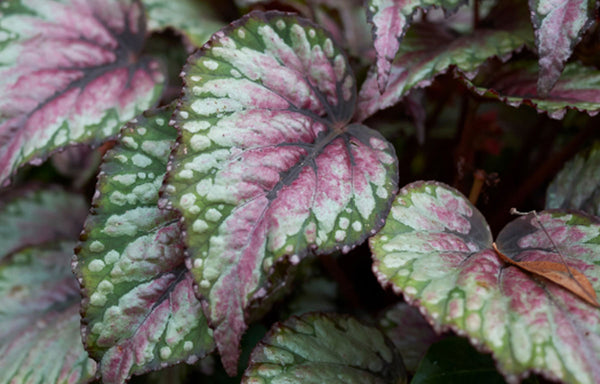
Top 5 plants for low light environments
Knowing which low light plants to choose can help you plan your garden or find the perfect house plants for a dark indoor corner. While many plants thrive in direct light, plenty of options grow well in low light conditions or indirect sunlight, making them ideal for shaded spaces.
Don't worry about your dark, shady room—fill it with the best low light plants that are super easy to grow and thrive in low light settings and indirect sunlight. Taking care of these low maintenance plants is simple, with only minimal watering required to encourage new leaves. They range from brightly colored shade lovers to more subtle, understated options, making them perfect for any space.
Birds Nest Fern
The Birds Nest Fern is a luscious Australian-native that thrives in shady spots, making it an ideal choice for low light plants or low light indoor plants. Its large, wavy leaves grow outwards from the center, creating a unique look that can complement any collection of house plants.

Growing up to 1.5 meters high, this plant is the perfect plant for both pots or directly in the ground, serving as an eye-catching garden focal point. While it thrives in indirect light, avoid placing it in direct sunlight to prevent damage. Unlike the snake plant or spider plant, the Birds Nest Fern is also non-toxic to cats and dogs, making it a safe addition to pet-friendly homes.




Viola Hederacea
Another Australian native, Viola
Hederacea is a shade-loving ground cover perfect for low light plants
enthusiasts. Its dainty purple and white flowers grow sporadically upright on
stems, giving it a charming appearance. Sometimes called the Australian Native
Violet, it thrives under indirect light, making it ideal for shady spots or as
a ground cover under large trees.

While this plant can be used as a lawn alternative, avoid areas with heavy foot traffic. It's related to many common houseplants and thrives near a window with indirect light. Ensure it is planted in well-draining soil to support healthy growth. Although it's a hardy plant, some delicate care is required as parts of this plant may be toxic to pets, similar to other plants in indoor gardening.




Rex Begonia
Looking for a bold statement plant for your
shady indoor or outdoor space? Consider the vibrant Rex Begonia! These plants
thrive in areas that don't get too much light, making them ideal for shaded
spots. While Rex Begonias can tolerate some bright light, they should be
protected from direct sun, which can cause their colorful leaves to fade.

If your space lacks natural light, they can also do well under artificial light, unlike snake plants, which tolerate a wider range of conditions. Available in various striking colors, from greens and greys to deep reds and purples, Rex Begonias look stunning on a table or lined along a shady area. However, be mindful that they are toxic to pets if ingested.




Hydrangeas
Hydrangeas are a perfect plant for adding
vibrant color to your garden or home. Their flowers range from pastel blues to
bright pinks, with the bloom color changing depending on the soil. These live
plants prefer bright indirect light and thrive in indoor conditions, making
them a versatile option for both gardens and pots. Placing Hydrangeas near
east-facing windows will provide the ideal lighting—avoiding harsh direct
sunlight while ensuring they get enough brightness.

Hydrangeas can also grow upward to form a dense hedge or be used in a hanging planter. Their vibrant foliage adds a splash of color to any garden. With proper care, you'll notice a lively root system developing. Hydrangeas can survive in various temperature ranges and tolerate more sun in cooler climates. However, they are toxic to pets if ingested in large amounts.




Philodendron Xanadu
Philodendron Xanadu plants are a
great addition to any houseplant collection. Known for their dark green,
sinuated leaves, they thrive in various environments, including lower light
conditions. These hardy plants, often found in public spaces and gardens
across Australia, can grow up to 8cm tall.

Philodendron Xanadu is an excellent choice for low light indoor plants, as it thrives in indirect light and prefers partial shade, though it can tolerate full sun. This low-maintenance plant requires infrequent watering once established and performs well in high humidity. Many believe it can bring good luck to homes. However, be mindful that it is toxic and should not be ingested by people or pets.








